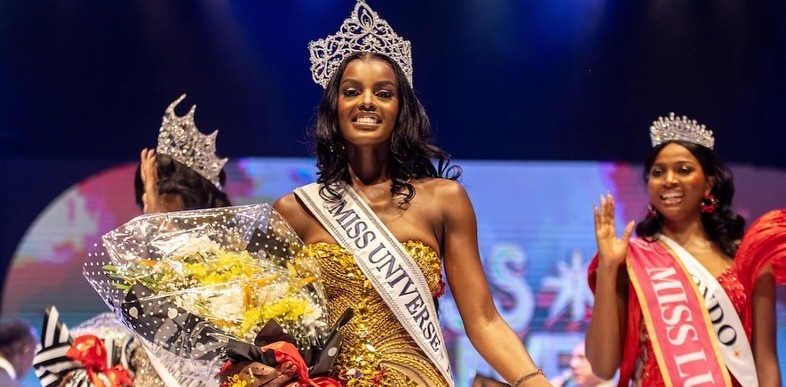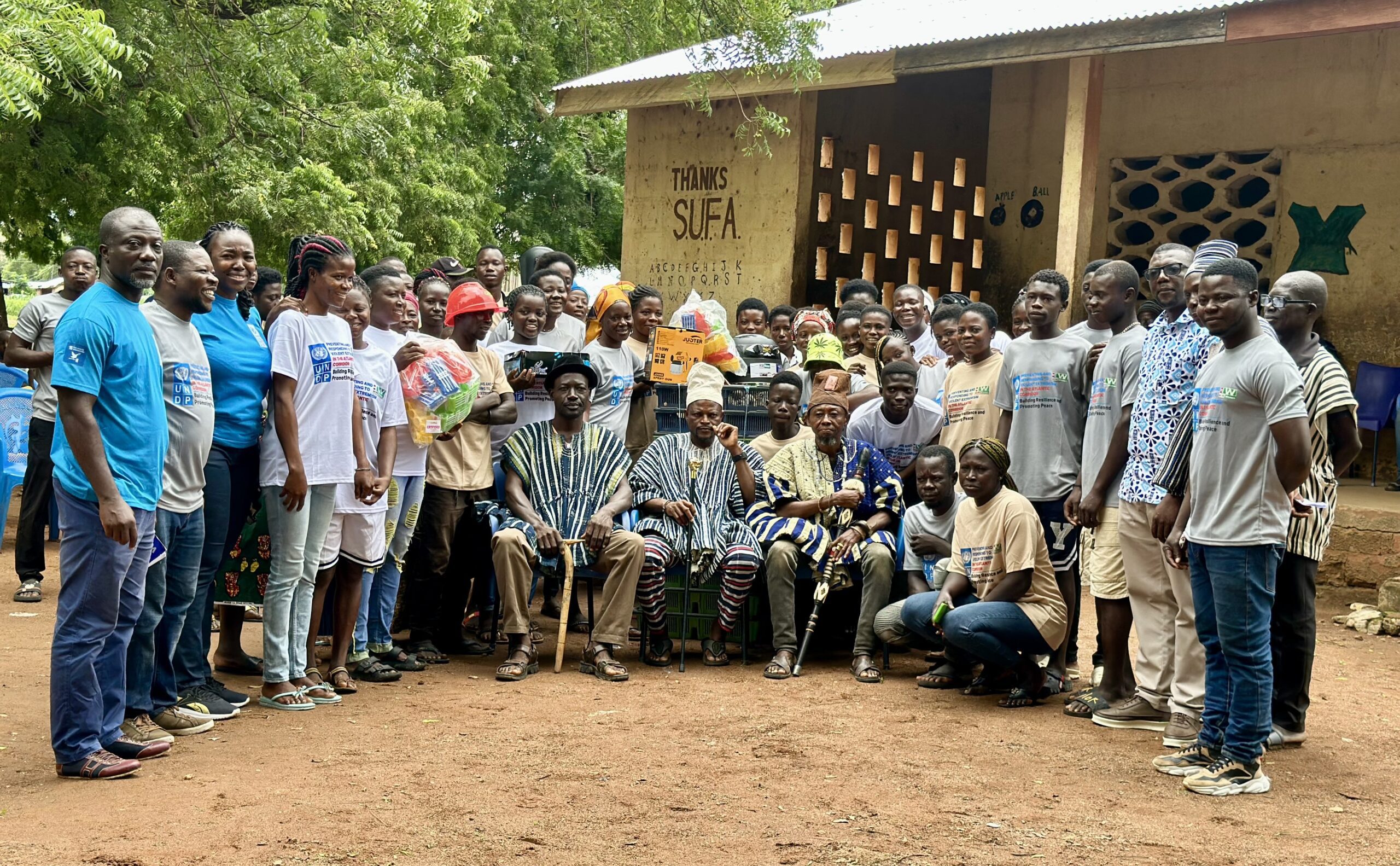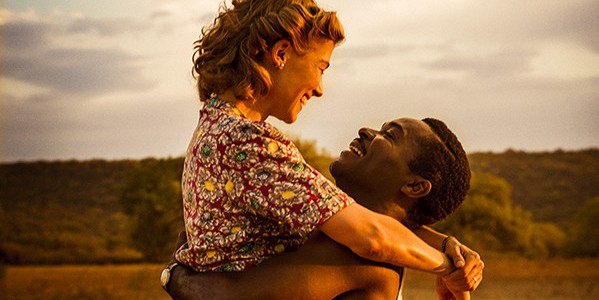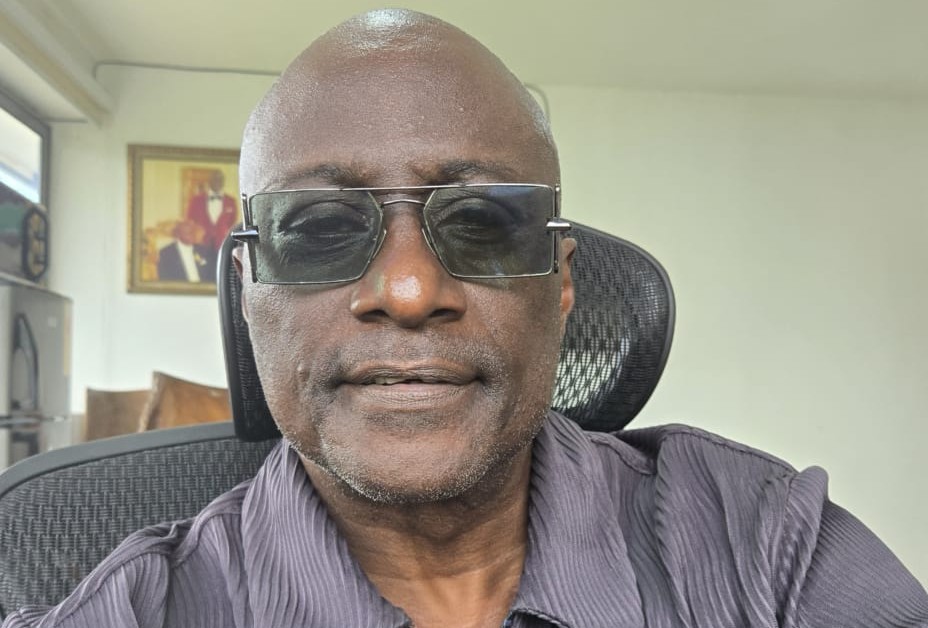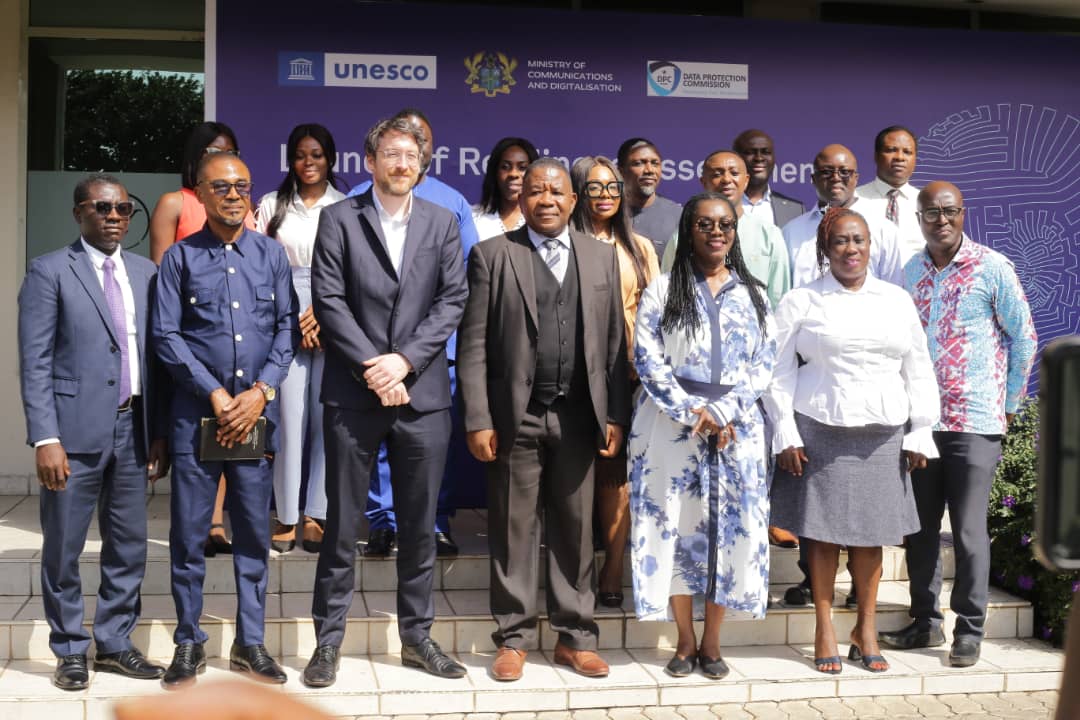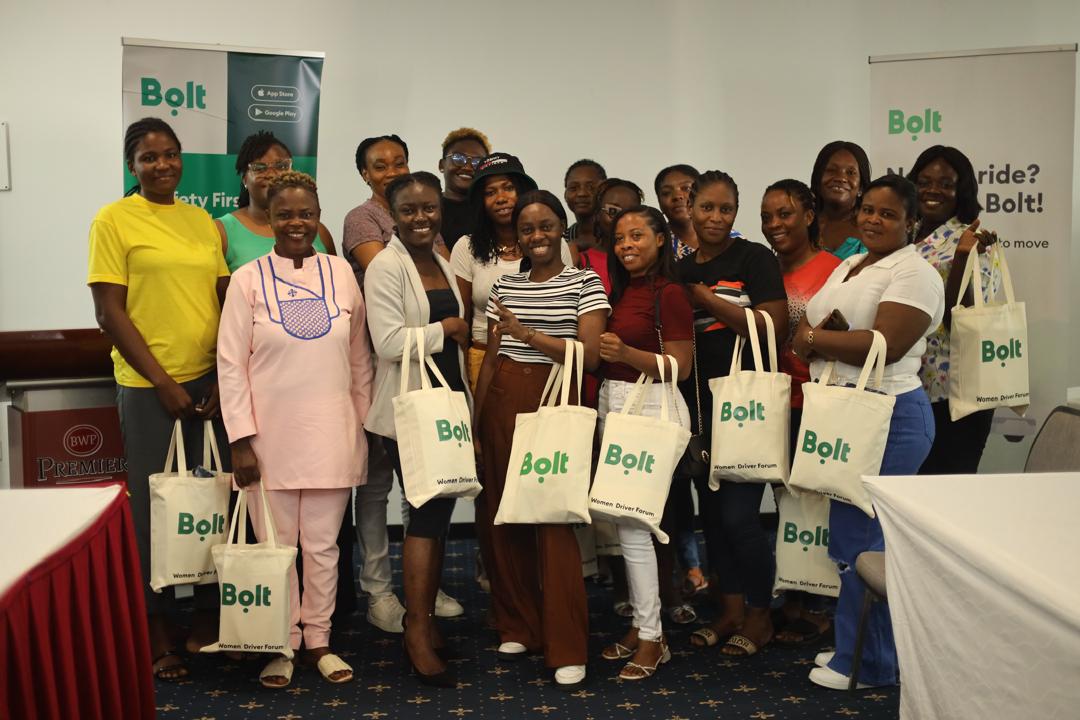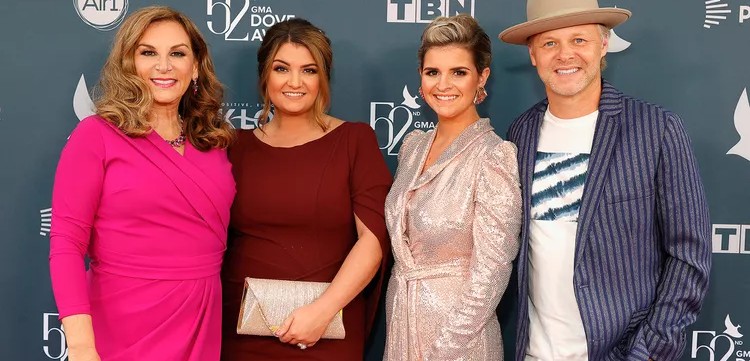How can you promote a healthy lifestyle for your child?

Source: Ghanaija
In the heart of Kenya, where the vast savannah meets the rolling hills, there lived a young mother named Amina. Her life was deeply rooted in the traditions of her Maasai heritage, where the bond between family and the land was sacred. Amina had a bright-eyed son named Kito, who was five years old. From the moment he could walk, Amina was determined to instill in Kito the values of a healthy lifestyle, drawn from the wisdom of her ancestors and the modern insights she had gathered from the world beyond her village.
Every morning, as the first light of dawn painted the sky with hues of pink and gold, Amina would take Kito by the hand and they would walk to the edge of the village. The air was crisp and fresh, filled with the earthy scent of the savannah. They would join the other children in a game of soccer, a simple yet joyful activity that brought them all together. For Amina, these early morning sessions were more than just play; they were a way to teach Kito the importance of physical activity. She explained to him how the Maasai warriors ran for miles across the plains, strong and resilient, their health a testament to the power of movement and nature’s bounty.
One day, as they sat under the shade of a baobab tree, Amina noticed Kito staring intently at a group of elders who were preparing a meal. The elders were grinding grains, their hands skilled and steady. Amina decided it was time to share with Kito the secrets of their traditional diet. “Kito,” she began, her voice gentle yet firm, “our food is our medicine. The grains, vegetables, and fruits from our land are what keep us strong and healthy.” She showed him how to prepare a dish of ugali, a staple made from maize flour, and a bowl of sukuma wiki, a leafy vegetable rich in vitamins. Kito watched in awe as Amina cooked, the aroma of the food mingling with the scent of the earth, teaching him that what they eat is vital for their well-being.
As the days turned into weeks, Kito’s routine became a blend of tradition and modern practices. Amina believed that knowledge was a bridge to a healthier life. She took Kito to the local clinic in the nearby town of Nakuru, where Dr. Mwangi, a kind-hearted physician, explained to them the importance of balanced nutrition and regular health check-ups. Dr. Mwangi introduced them to the concept of a balanced diet, showing them how to include proteins, carbohydrates, and fats in their meals. He emphasized the need for fruits and vegetables, which were abundant in the region. Kito, with his curious eyes, listened attentively, absorbing every word about the vitamins and minerals that made their bodies strong and immune to disease.
In the heart of South Africa, in the bustling city of Johannesburg, lived a father named Thabo. Thabo was a city planner, his days filled with meetings and blueprints, but his nights and weekends were devoted to his daughter, Nandi. Thabo had always believed in the importance of a balanced lifestyle, and he was determined to pass this belief onto Nandi. Their home was filled with books on health and wellness, and every evening, Thabo would take Nandi to the park. They would run, climb, and laugh, their bond growing stronger with each passing day. Thabo taught Nandi that exercise was not just about keeping fit but also about having fun. They would join other families in the park, playing frisbee or flying kites, their laughter echoing through the air.
One sunny afternoon, Thabo decided to introduce Nandi to the joys of cooking. In their small kitchen, they would create colorful salads with tomatoes, cucumbers, and avocados, ingredients that were not only delicious but also packed with nutrients. Thabo explained how each vegetable and fruit had its own special benefits. “Nandi, eating a variety of foods is like giving your body different tools to stay strong and healthy,” he would say, as Nandi carefully chopped the vegetables, her eyes sparkling with curiosity.
In the coastal town of Lagos, Nigeria, lived a mother named Ifeoma. Ifeoma was a teacher, her days filled with the rhythms of the classroom, but her evenings were reserved for her son, Chuka. Ifeoma believed in the power of community and the importance of teaching Chuka about the value of a healthy life through interaction and play. She enrolled Chuka in a local football club, where he learned not just the game but also the values of teamwork and discipline. Every evening, as the sun dipped below the horizon, Chuka and his friends would play, their laughter and cheers mingling with the sound of the ocean waves.
One evening, as they walked home, Ifeoma noticed Chuka’s fascination with the street vendors selling fruits. She decided to turn this interest into a learning experience. “Chuka, let’s learn about the fruits we see here,” she said, picking up a pineapple. They went back home with a basket full of exotic fruits. Ifeoma taught Chuka how to make smoothies with pineapple, banana, and coconut water, a refreshing drink that was both nutritious and delicious. She explained how these fruits helped keep their bodies hydrated and full of energy. “Eating fruits is like giving your body a big hug,” she told him, as they sipped the smoothies together, the sweetness of the fruits filling their hearts with joy.
Across the continent, in the lush hills of Rwanda, lived a grandmother named Beatrice. Beatrice had raised her children with the wisdom of the land, teaching them the importance of physical activity and a diet rich in local produce. Now, she was passing on this knowledge to her granddaughter, Aline. Every morning, Beatrice would take Aline to the garden, where they would pick fresh vegetables, herbs, and fruits. “Aline,” Beatrice would say, “our garden is our pharmacy. Each plant has the power to heal and nourish us.” Together, they would prepare meals using the fresh produce from their garden, cooking traditional dishes that were not only healthy but also full of love and history.
One day, Beatrice decided to teach Aline how to make a traditional Rwandan dish called Isombe, made from cassava leaves. As they cooked, Beatrice explained how the dish was rich in iron and vitamins, essential for keeping their blood healthy and their bodies strong. Aline listened with wide eyes, her understanding of food’s power growing with every passing moment. Beatrice also emphasized the importance of rest and mental well-being, encouraging Aline to take moments of quiet reflection, to connect with herself and the world around her.
Through their stories and practices, Amina, Thabo, Ifeoma, and Beatrice were teaching their children more than just how to eat well and stay active. They were imparting the values of their cultures, the wisdom of their ancestors, and the joys of a balanced life. Each child, whether in the savannah of Kenya, the bustling streets of Johannesburg, the coastal markets of Lagos, or the serene hills of Rwanda, was learning that a healthy lifestyle was a journey, one that was deeply personal yet universally shared.
In this rich tapestry of African landscapes and cultures, the essence of promoting a healthy lifestyle for children lay in the simple, everyday actions of love, knowledge, and community. Through their stories, Amina, Thabo, Ifeoma, and Beatrice showed that nurturing a healthy life was not just a task but a beautiful journey of growth, connection, and joy.


